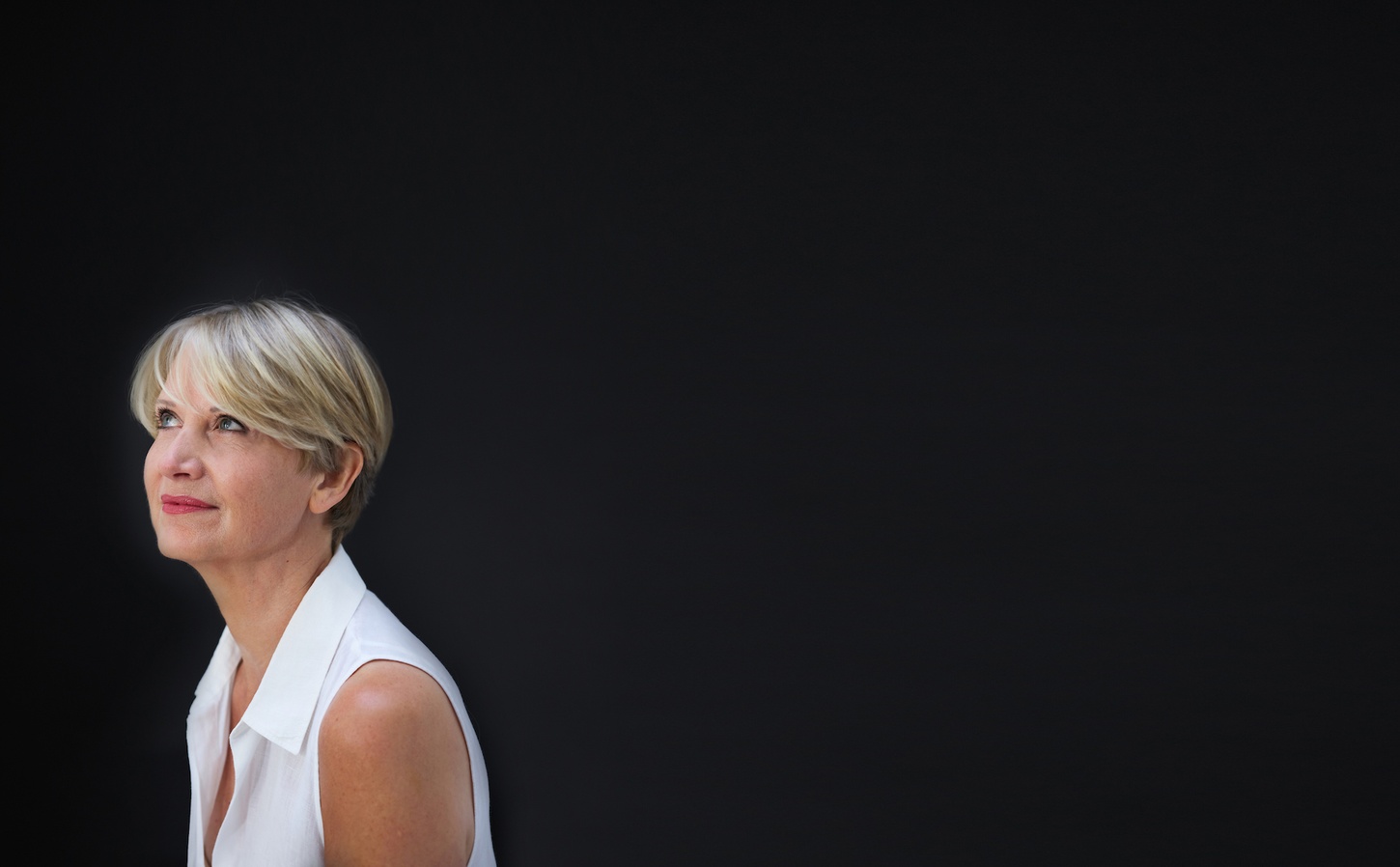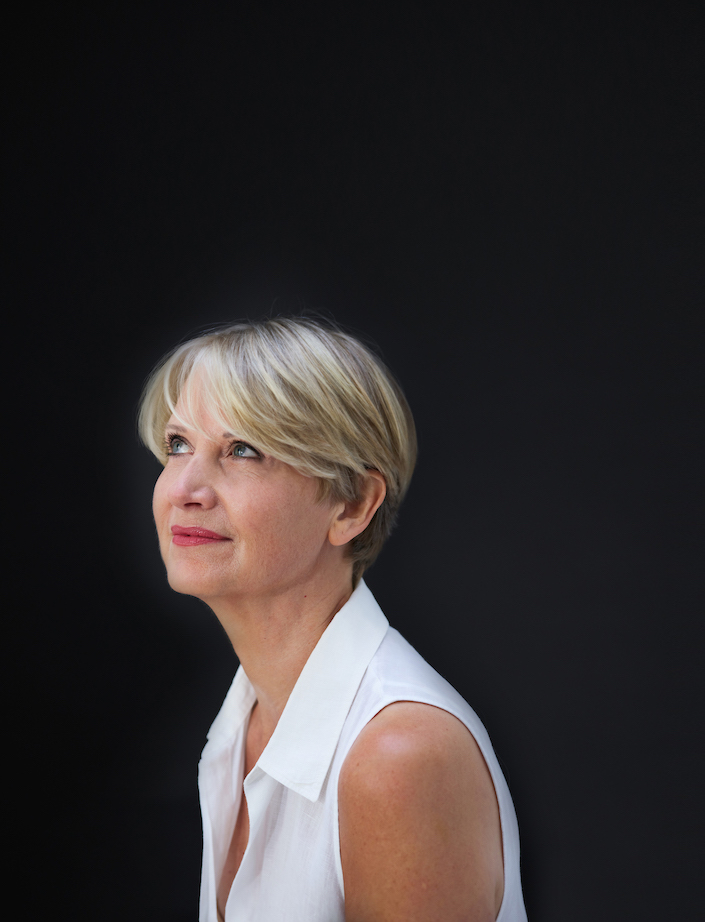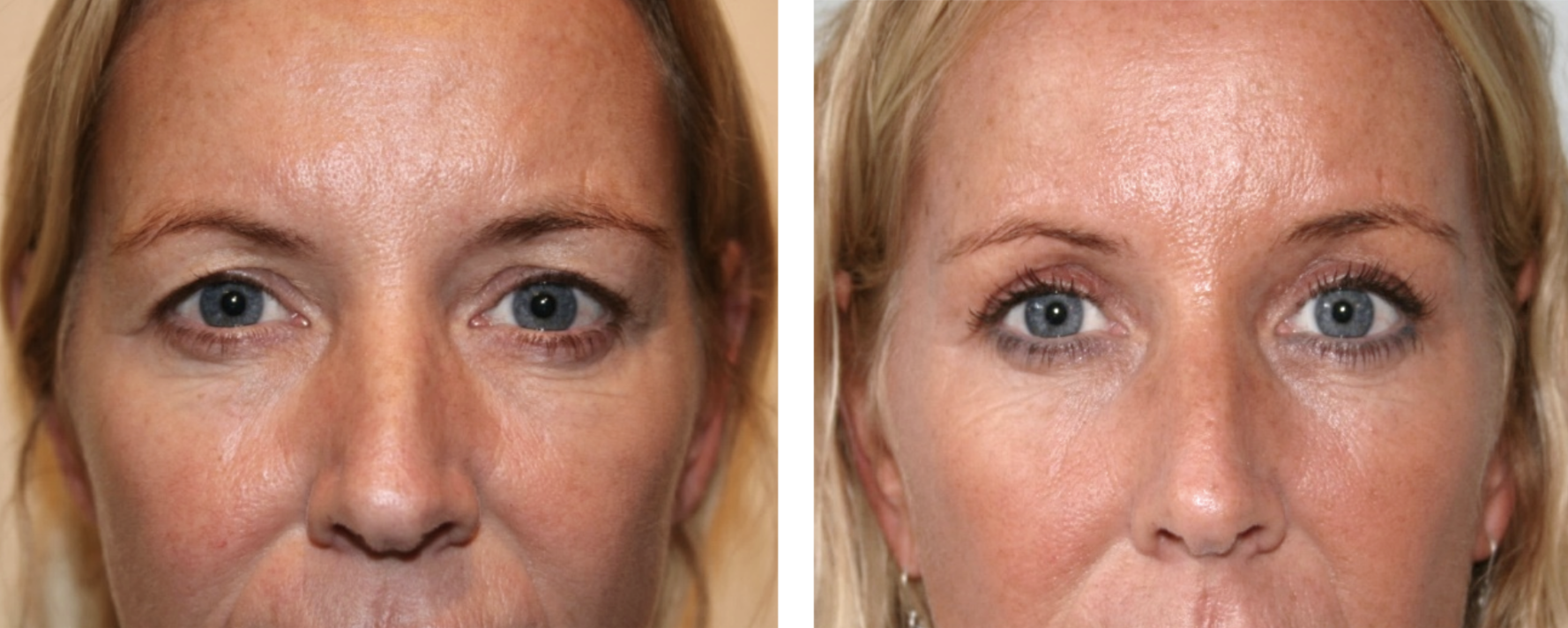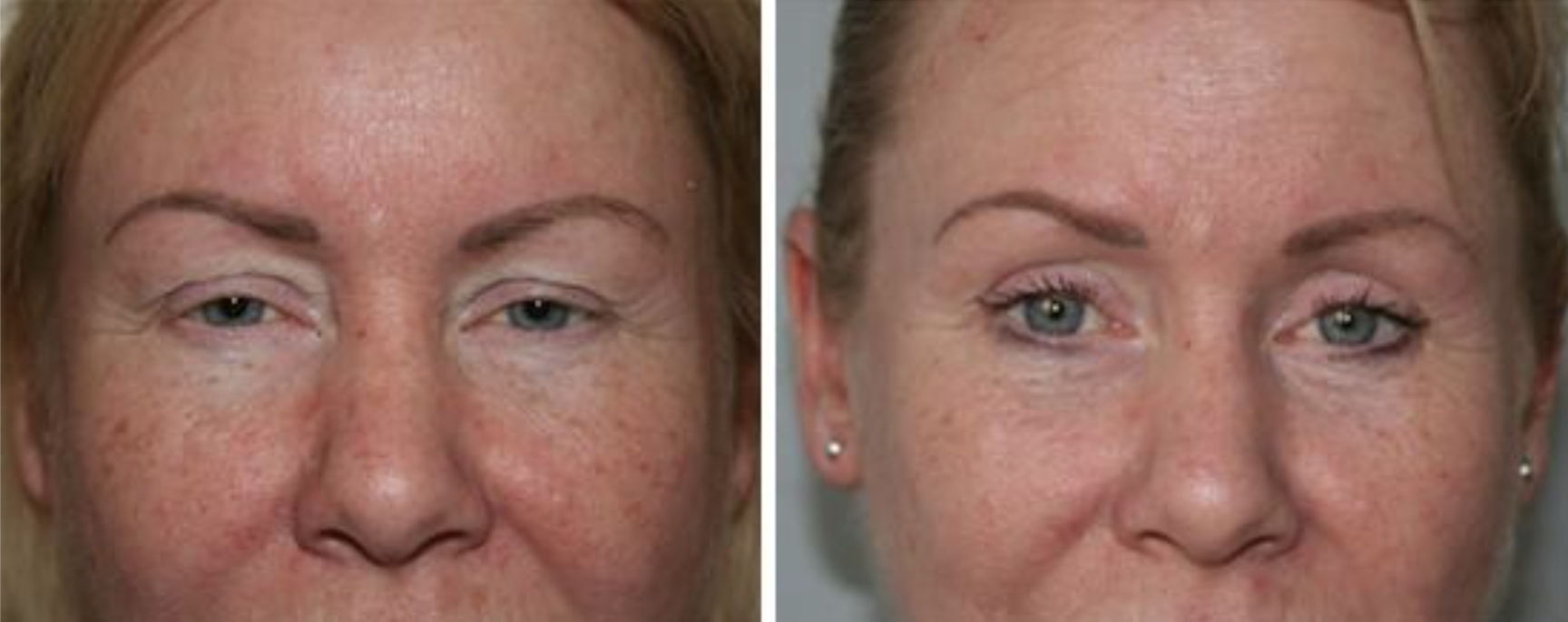Ageing of the upper and lower eyelids causes the appearance of tiredness and eye bags. This is normally due to a combination of loose skin and protrusion of fat. The operation of eyelid reduction (Blepharoplasty) improves appearance and helps alleviate the look of tiredness which accompanies heaviness of the eyelids. In the upper eyelids ageing produces a “hooded” appearance however, in the lower eyelid the most frequent complaint is of puffiness or eye bags. These issues can be improved surgically by operating on the eyelid itself and removing or adjusting excess skin and fat (Blepharoplasty).
In some patients, the primary problem may be due to sagging of the eyebrows rather than the eyelid itself in which case a brow lift may be helpful. This can usually be carried out using “keyhole” techniques leaving no visible scars on the eyelid, forehead, or temple. The need for brow lifting either alone or in addition to eyelid surgery will be discussed with you at your consultation. Rajiv’s approach to eyelid surgery is to provide a natural appearance often guided by looking at photographs of your face when you were younger so that you still look like “you”. He will also be honest in informing you if he feels you are not ready for surgery yet but should wait a few years.




